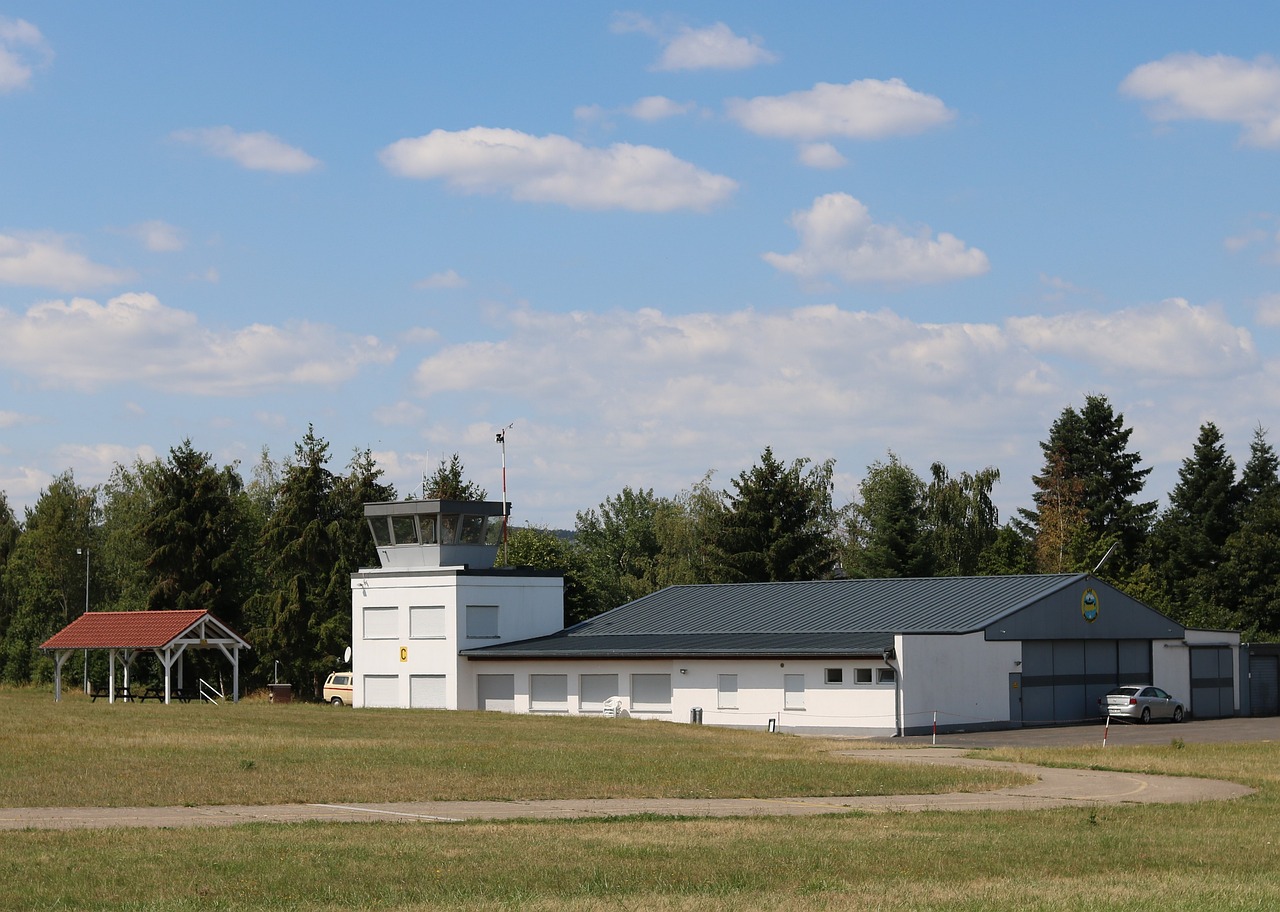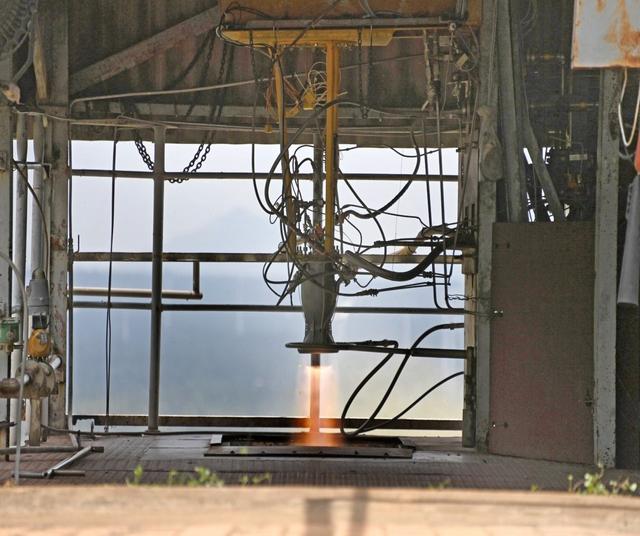This week noted scientist Stephen Hawking made a controversial remark stating that in order for humans to survive over the next millennium we must establish colonies in space. Two big hurdles stand in the way of colonizing new planets. First, habitable planets are light years away and second our space ships are too slow to travel long distances in a reasonable time.
The following image depicts the Kepler Space Telescope that despite its recent serious technical issues has revolutionized space exploration. Most of the habitable planets discovered thus far lie within 300 light-years of our sun.
Discovery of Habitable Planets a Pyrrhic Victory?
This week astronomers announced planet Kepler 22-b lying 600 light years or 3,527,175,223,910,165 or three and a half quadrillion miles away and 2.4 times the size of the earth. Using a space shuttle, it would take 23.4 million years to reach it.
The planet is being called “closest to our earth” because of its similarity and size. The Kepler team has spotted 1,094 new candidate planets with 54 candidates in habitable zones and 10 about the size of the earth. The total number of candidates spotted by telescopes of all kinds is now 2,326 of which 207 are similar to Earth’s size.
Kepler identifies Earth 2.0 candidates using the Kepler space telescope which looks at a fixed area of the night sky and about 150,000 stars at a time. Candidate planets are identified when telescope tracks a planet passing in front of its host star. The candidate planets dim the light from the star very slightly thereby revealing themselves. Later observations and analysis is done to confirm the existence of these planets through the use of other telescopes in orbit and on earth.
Kepler 22B lies 15% closer to its sun than the earth to its sun and a year is 290 days.
Worm Holes Needed
Even if it spaceships could move at the speed of light, it would take 600 years to reach Kepler 22-b. Clearly we need something like a worm hole to shorten the distance.
Related articles on IndustryTap:
- The Deep Space Exploration Plan: Exploring The Cosmic Ocean
- SpaceX Pushing The Limits For Private Space Exploration
- NASA’s Orion Spacecraft Completes First Test Flight… Begins Preparations To Take Astronauts To Mars
References and related links:






